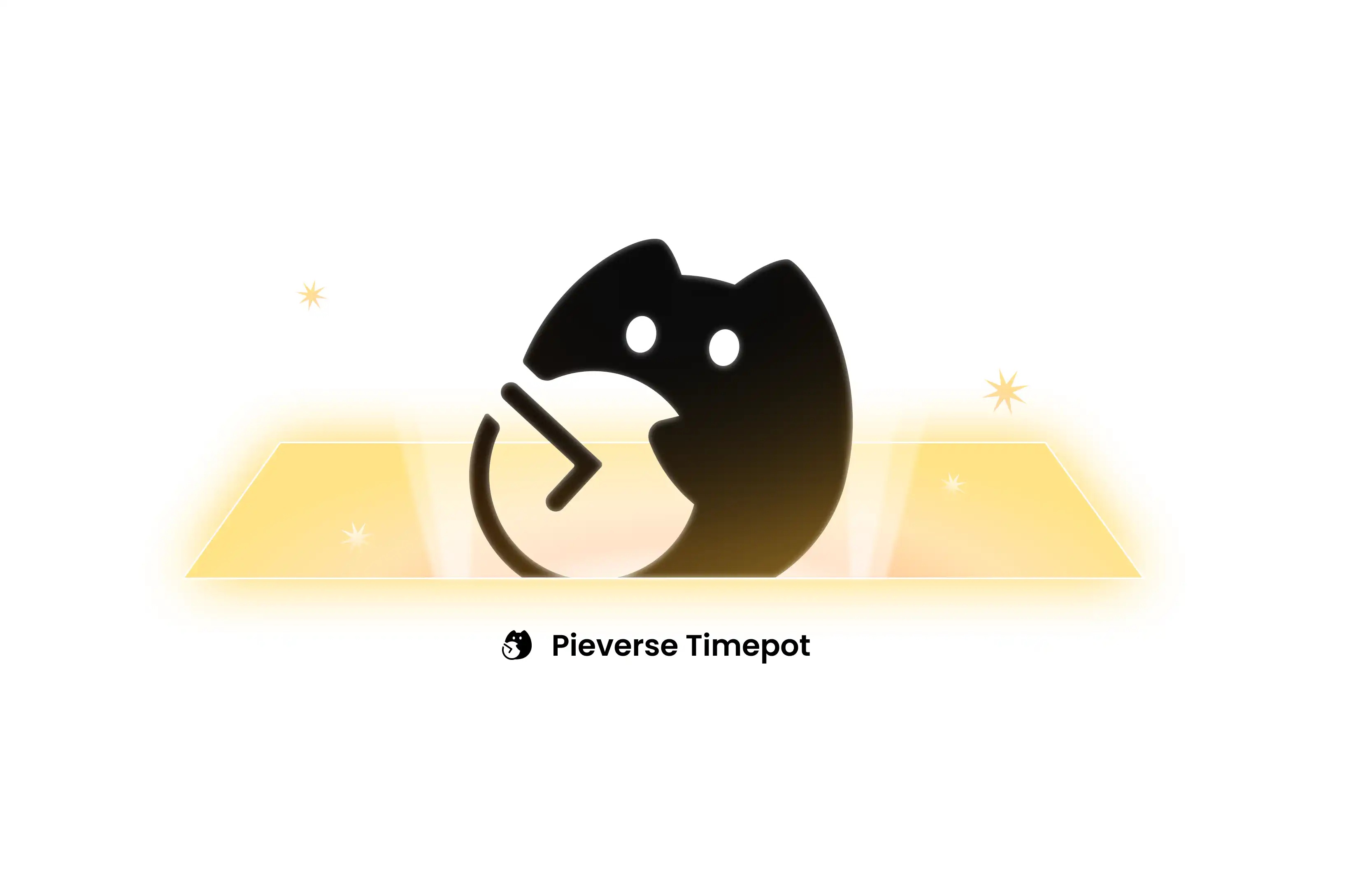DEX Upgrade Battle (1) : Why is CurveFinance a better DeFi core agreement than Uniswap?
原文标题:《 Curve vs Uniswap part 2 》
Written by @DeFi_Cheetah
Abstract :
1. The token economic protection Curve of $CRV establishes high competition barriers [1-13].
2. "Liquidity as a Service" of Curve -- the function of solving the liquidity demand on the chain [14-19].
3. UniV3 lost pricing power due to the following factors: (i) operating poorly in extreme markets as liquidity dried up outside LP's various price ranges [20-22]. (ii) Increase the threshold for liquidity management when establishing long-tail asset pools for new projects [23-26]& (iii) provoking competition between LPs, thereby (a) creating additional difficulties for new projects to channel liquidity [27-32] & (b) V3 itself is at risk of being overtaken [32-34].
4. Curve V2's "Summer" [36-40] If you are confused by the logic in it, please come back for the summary! Here's the breakdown:
Step 1: Background
Since my 2 week discussion of Curve vs. Uniswap, many great points and refutations have been distilled to make the comparison more convincing. The fruitful discussions provided ideas for DeFi's next development direction.
2.$CRV tokenomics protects @CurveFinance from competitors by unifying the interests of LPs, the project, and Curve itself. How? #CurveWars turns most $CRV releases into $VecrVs (most locked in for 4 years) while competing for yield rate (APR) and mintage rights.
3. What is coinage?
The act/process of coinage When it comes to cryptocurrencies, it refers to the ability to create more linked assets relative to their subject matter. Depreciation risks are imminent when (i) linked assets are not immediately converted into their subject matter and (ii)......
4... The supply in circulation exceeds the liquidity on the chain, i.e. the liquidity available for exchange on the DEX (e.g. UST-LUNA). Imagine what happens if the $stETH pool on @CurveFinance is too small? Since $stETH cannot be redeemed immediately as $ETH, the holder may try to get a head start by going through......
5... Sell stETH directly to the Curve pool in exchange for $ETH, especially if the Curve pool is shallow enough to cause panic. That's why, for pegged assets like LSD, minting is important to keep them pegged as they scale up (even after the Shanghai update; Discussed later in the LSD topic).
6. LP and projects creating pools on Curve mostly lock in $CRV to compete for mintage rights. LP can benefit from projects competing for mintage rights, while asset-linked projects need mintage to scale up their operations. If there is a new Stablecoin DEX, it will be hard to compete with Curve...
7.... Because to attract LP, it must reward at least more than the yield LP gets from locking in $CRV. $veCRV APR = Transaction fees ($99.8 million over 3 years in 3CRV) + increased incentives ($CRV) and/or bribes ($243 million, captured since 9/21, 2021 only by @ConvexFinance's $veCRV).
8. Also, in order to avoid liquidity fragmentation, projects are more inclined to keep all liquidity in one location than to fight for mintage rights in a new agreement, which would require higher liquidity costs to maintain the peg. So for a new stablecoin DEX, it's hard to attract liquidity
9. This is why Curve has few competitors in the stablecoin/pegged asset space; The $CRV token economy ensures that LP and items stand with Curve. The main criticisms of the $CRV token mechanism are: (i) $CRV is highly inflationary; (ii) The cost of the $CRV release exceeds the transaction fee.
10. For (i), when mentioning that the inflation rate of $CRV is 28%, critics tend to ignore bribes, which are actually the main source of revenue. With bribes, the annual interest rate of $CRV is ~40%, which offsetting the inflation rate. When a $1 bribe is available. Capital efficiency can also be achieved when $1 of CRV is released.
11. For (ii), the $CRV release is not a cost because it is prepaid prior to release. How come? The release of $CRV is determined by the gauge weight vote. In order to vote, one can either (i) buy more $CRVS and lock in to get $veCRV, or (ii) bribe $veCRV holders to vote. Either way, $CRV is paid to direct the vote.
12. Projects purchase $CRV directly or bribe voters to obtain the release of $CRV in order to obtain the mintage rights that can strengthen the peg by deepening on-chain liquidity. Otherwise, the inflationary $CRV volume will dwarf the project's impact on guiding the release of $CRV, and on-chain liquidity will shrink.
13. Since each release of $CRV is prepaid by the project side as the cost of liquidity, the release of $CRV is the cost of maintaining liquidity on the project chain, not the cost of the Curve itself! @CurveFinance's unique positioning and ve token model sets $CRV apart from other high-inflation tokens
14. There are other functions that few people know about. Problem: Before Curve launched the loan pool, if the related loan pool is exhausted, the lender holding cUSDC may not be able to get back the USDC; The same is true for cDAI holders who want to retrieve DAI.
15. Address the withdrawal of lenders in the event that the pool on the loan agreement is drained. How to solve it? When people contribute USDC or DAI dollars to the lending pool on Curve, they lend dollars to @compoundfinance and their Ctokens will be sent as LP to the lending pool on Curve.

16. Loan pools act as exit liquidity for lenders and help rebalance loan pools on loan agreements. How to do that? For example, if the $USDC pool on the Compound is depleted, the $cUSDC holder can go to the @CurveFinance borrowing pool to exchange $cDAI with $cUSDC and then convert $cDAI to $DAI on the Compound.
17. Curve has made itself an essential link in DeFi and the cryptocurrency industry as a whole, positioning it as a reservoir of liquidity where i.) LP is motivated by a good APR and the project works by locking in the ve-model of $CRV or $CVX, Align their interests with Curve to get the right to mint money to expand the business......
18....... As such, they tend to work with Curve against competitors (see @SushiSwap once gained some DEX market share by forking UniV2) ii.) Bribe market (vital but often overlooked, by @AndreCronjeTech Invention) allows an upfront payment of $CRV costs prior to release.
19. iii.) The borrowing pool on @CurveFinance allows the lender to draw down the principal at any time, even when the pool on @AaveAave or @compoundfinance is depleted. This degree of composability and the low cost of collecting liquidity on the chain is why Curve is such a source of liquidity in cryptocurrencies.
20. In addition to highly effective ve-tokenomics, @CurveFinance Is in a better position as UniV3 has lost pricing power for long-tail assets due to (i) inability to handle extreme market conditions (ii) raising the bar for liquidity management (iii) stoking intense competition among LP's
21. For (i), LPS on UniV3 are like interval orders: when the market is pulled up/sold, LPS need to readjust the price range, otherwise they don't earn any transaction fees. Screenshots (14 January) show that most LPS are not adjusted in time, causing liquidity to dry up in contrast, Curve v2 has no downtime

22. The above phenomenon is not unusual due to liquidity tightening outside the "normal price range". In fact, during the UST crisis, UniV3 could not function properly because $LUNA had been in "no man's land". How can a DEX have pricing power if its price information is unreliable in extreme markets?
23. For ii, the new project finds it difficult to manage the liquidity of v3. If the price falls out of the selected range, UniV3 LP either (i) suffers a capricious loss of IL and selects a new price range, or (ii) waits for the price to fall back to that range (no guarantee), during which time LP earns no transaction fees
24. For (i), IL accumulates each time LP rebalances its position. In extreme markets, LPS can suffer death by a thousand cuts. For (ii), LP also suffers a large opportunity cost in addition to IL: since the capital in UniV3 is idle, they do not earn transaction fees because they do not want to suffer IL.
25. The bar for UniV3's liquidity management has been raised, making it too high for new projects to launch a long-tail asset pool there. Here are some new project led by the feedback: https://twitter.com/gmdSaul/status/1611928353090711554?s=20& t=svA0Fsd67E40iQ34Bn9Crg
Conclusion: Few projects chose to launch new tokens on UniV3.
26. This is not conducive to UniV3's goal of becoming an indispensable link in DeFi/web3, as it is initially positioned as a DEX which, in addition to complementing CEX, allows users to trade long-tail assets, as new projects can launch tokens without permission.
27. Because, as stated in [20], UniV3 instils competition among LPS, which Curve V2 prevents by making LP positions interchangeable. In UniV3, passive LP is competed by active LP because even if LP chooses to provide full range of liquidity for any asset at any price......
28....... There must be some LPS that offer liquidity in a narrower price range, so an LP that offers a full range of liquidity earns much less than an LP that offers liquidity just within that range. Concentrated liquidity is a form of leverage: higher transaction costs + higher volatile loss IL.
Original link
Welcome to join the official BlockBeats community:
Telegram Subscription Group: https://t.me/theblockbeats
Telegram Discussion Group: https://t.me/BlockBeats_App
Official Twitter Account: https://twitter.com/BlockBeatsAsia


 Forum
Forum Finance
Finance
 Specials
Specials
 On-chain Eco
On-chain Eco
 Entry
Entry
 Podcasts
Podcasts
 Activities
Activities
 OPRR
OPRR







